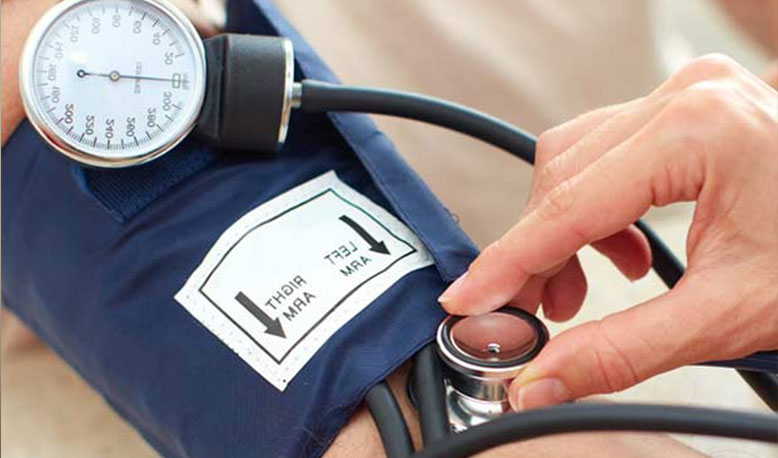
Prenatal diagnosis for at risk pregnancy and a preventive diagnosis tool for family members that can identify Tuberous Sclerosis causing mutations responsible for this hereditary disease.
Tuberous Sclerosis is characterized by growth abnormalities in Skin, brain, heart and kidney, with CNS and kidney tumors responsible for highest mortality. This results from changes arising due to genetic mutations in genes coding for heterodimeric proteins Hamartin and tuberin that regulate cell proliferation. Tuberin and hamartin have been shown to be key regulators of the AKT pathway and to participate in several other signaling pathways. Tuberin, coded by the gene TSC2, has GTPase-activating protein functions for the small G-proteins and is a major regulator of small G-protein Rheb and downstream pathway on protein translation, growth and cell proliferation. Hamartin, coded by the gene TSC1, also regulates the cell cycle by interacting with CDKs.
All TSC1 mutations and 70% of TSC2 mutations are predicted to produce truncated protein products that fail to regulate protein translation. This can subsequently result in uncontrolled cell growth and cell proliferation leading to focal malformation. More than 400 unique TSC1 mutations have been identified in individuals/families with TSC with a few hot spots as specific codons in exon 15. Other mutations are scattered throughout the exons and splice sites.
~20% of individuals with TSC do not have identifiable mutation and therefore cannot be classified by genetic subtype.
Rare polymorphisms exist that could lead to false-negative or false-positive results.
PCR and sequencing of the TSC1 coding exons and flanking splice sites from the patient derived Blood and DNA.
We require 2-5ml of blood collected in EDTA containing tubes. Blood should be shipped within 48 hours after collection of blood on ice. You may send 10ug of genomic DNA derived from blood or Chorionic Villus Sampling (CVS) , prepared using a blood DNA preparation kits and should have a A260/A280 value of 1.8.

DGchem Lab is the best lab in Delhi NCR. We provide free Home Sample collection services and made to realize the importance of investing in a healthy workforce.